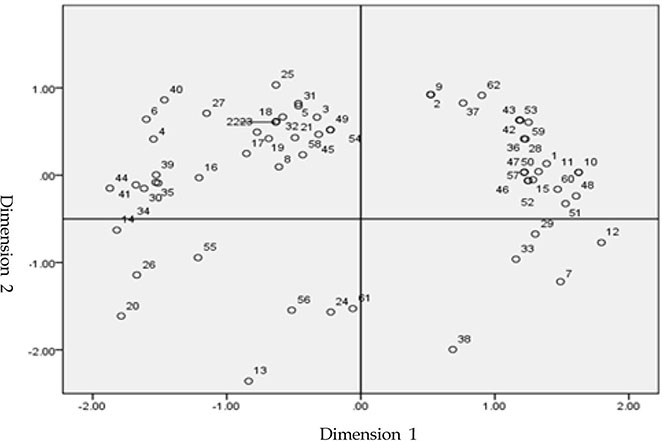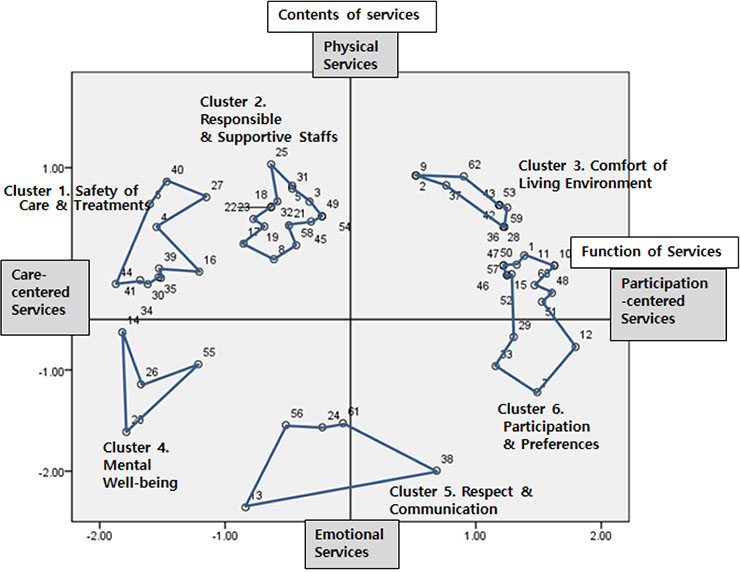Researcher, Institute of Health · Environment, Seoul National University, Seoul, Korea.
© 2016 Korean Society of Adult Nursing
This is an open access article distributed under the terms of the Creative Commons Attribution Non-Commercial License (http://creativecommons.org/licenses/by-nc/3.0/), which permits unrestricted non-commercial use, distribution, and reproduction in any medium, provided the original work is properly cited.
This work was partially supported by Yonsei University College of Nursing Mo-Im Kim Nursing Research Institute.
This work was partially extracted from Hyoungshim Choi’s doctoral thesis.


†The Need Assessment Committee rates applicants according to the time period required for long-term care by referring to the examination results, which specify the applicant's mental and physical condition, along with medical opinion. People with ratings between 1 (score≥95~5 (45≤score≺51), and higher score implies higher severity[27]; CVA=cerebrovascular accident; DM=diabetes mellitus; K-MMSE=Korean Mini Mental State Examination.



†The Need Assessment Committee rates applicants according to the time period required for long-term care by referring to the examination results, which specify the applicant's mental and physical condition, along with medical opinion. People with ratings between 1 (score≥95~5 (45≤score≺51), and higher score implies higher severity[27]; CVA=cerebrovascular accident; DM=diabetes mellitus; K-MMSE=Korean Mini Mental State Examination.
†The Need Assessment Committee rates applicants according to the time period required for long-term care by referring to the examination results, which specify the applicant's mental and physical condition, along with medical opinion. People with ratings between 1 (score≥95~5 (45≤score≺51), and higher score implies higher severity[27]; CVA=cerebrovascular accident; DM=diabetes mellitus; K-MMSE=Korean Mini Mental State Examination.